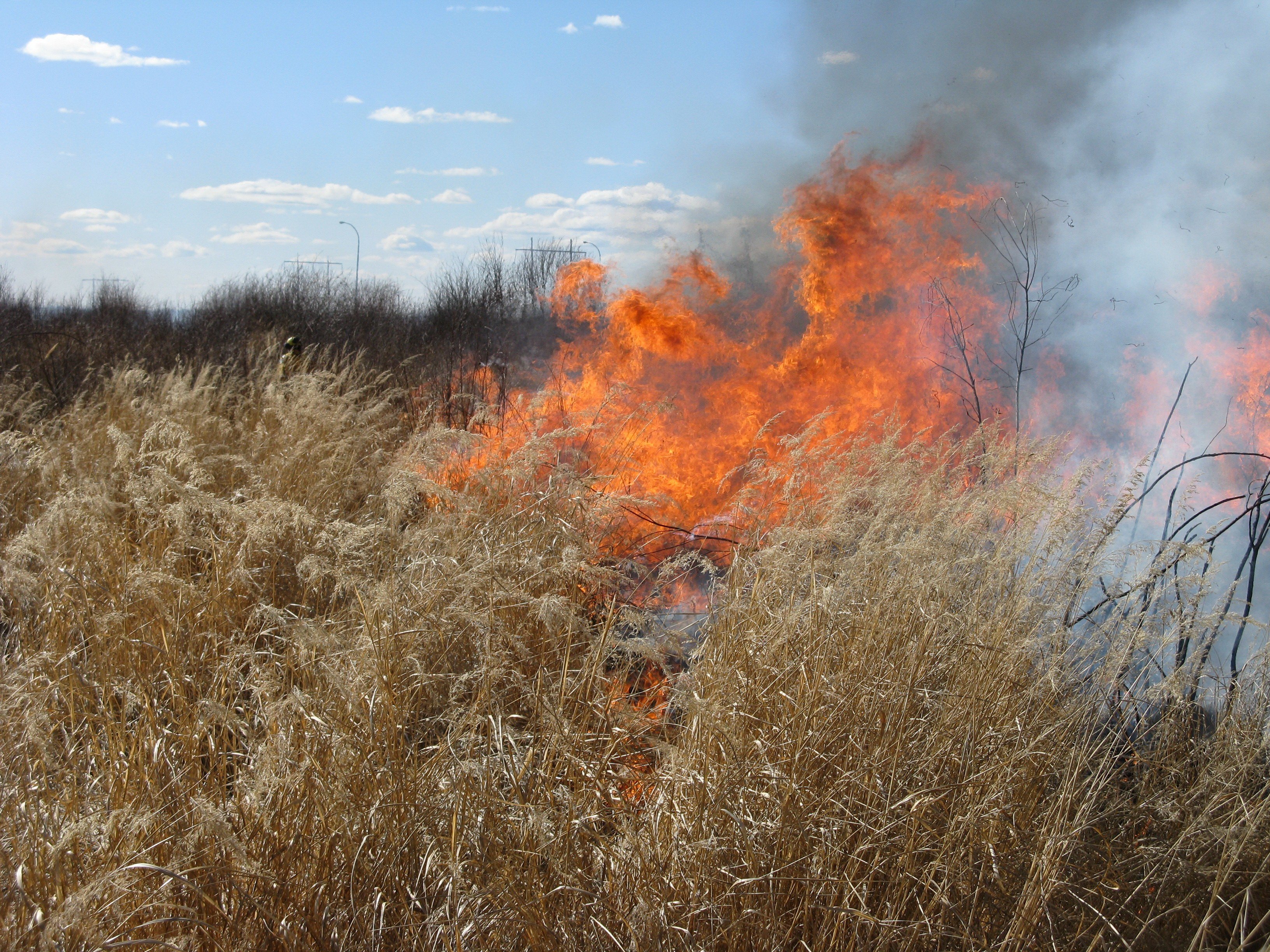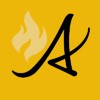
Wildfire Danger
The wildfire danger in the Slave Lake Forest Area is LOW.
Although we are experiencing cool fall weather, it is still important to continue to do your part to prevent wildfires. At this time of year, areas of dead grass can become dry and flammable. Firefighters urge everyone to use caution when working or recreating in grassy areas and to report wildfires immediately by calling 310-FIRE (3743)

Wildfire Situation
There was one new wildfire today. SWF165 was a campfire that was not properly extinguished and burned under the ground. Firefighters extinguished the fire which burned 0.2 hectares.
SWF099 located 23 kilometres northeast of Chipewyan Lake was declared under control by firefighters on October 26th.The wildfire burned 5,960 hectares.
To view wildfires on a map click here.
Since March 1st in the Slave Lake Forest Area, there have been 165 wildfires which have burned 6,302.67 hectares.
For more information on the current wildfire situation across the province of Alberta, visit wildfirestatus.alberta.ca
Fire Permits
From now until October 31st, a fire permit is required for any burning, except a campfire, in the Forest Protection Area of Alberta.
To request your free fire permit call your local Agriculture and Forestry office.
Red Earth/Slave Lake 780-849-7377
Wabasca 780-891-3860
High Prairie 780-523-6619
Fire permits help us to track what is burning on the landscape. If you're burning without a fire permit or outside of fire permit conditions, your fire is considered a wildfire. By getting a permit you help keep our firefighters free to fight real wildfires instead of responding to the smoke in your backyard.
Winter burning
From November 1st to February 28th fire permits are not required for burning in the Forest Protection Area of Alberta. Although a fire permit is not required you are still responsible for any fires you ignite outside of the wildfire season.
Firefighters are urging that you postpone any winter burning until there is at least 15 centimeters of snow cover on the ground. At this time of year burning without adequate snow cover can result in unwanted fire spread. As well, over the entire area there is a high potential for holdover fires as the current drought codes indicate that fires will burn deep into the ground and continue burning under the snow. Prevent spring holdover wildfires, go back and revisit your winter burns to make sure they are extinguished.
Take the time to properly prepare your burn site. Know the requirements needed to be successful during your burn and how to properly extinguish your site.
Prior to and while burning:
Winter burns should be conducted in areas with sufficient snow cover of more than 15 centimetres and burns must be monitored the entire time. Brush piles and windrows should be free of soil, built no higher than three metres and have a fireguard or cleared land around it to prevent the fire from spreading. Only burn what you can control with the equipment and people you have available, and adjust your burning according to weather conditions.
Smoke safety:
Avoid creating smoky conditions by conducting winter burns on days with averages temperatures and wind speeds over five kilometres per hour. On days with lighter wind speeds and lower temperatures, inversions can occur causing smoke to stay close to the ground and travel great distances which causes dangerous driving conditions and can impact nearby communities.
Ensure smoke warning signs are in place before burning within half a mile (800 m) from a roadway. For more information on smoke management and to acquire signs, contact your local municipality. If you are outside of a municipality, contact Alberta Transportation. Read over the Recommended Practices for placement and instruction of a “Smoke Ahead” sign.
After burning:
Fires ignited in the winter which are not properly extinguished, can burn underground all winter long and can re-emerge as wildfires in the spring. After your burn be sure to revisit your sites.
- Spread remaining material within the pile and soak with water as required.
- Check the area and ensure both heat and smoke are no longer being produced by the pile – it should be cool to the touch.
- Check your burn site multiple times in the following weeks to ensure it has not reignited.
For more information on brush pile and windrow safe burning practices click here.
Do your part to prevent wildfires
55% of wildfires this season in the Slave Lake Forest Area have been human caused. All human caused wildfires are preventable. Please do your part to prevent wildfires.
Campfires
When you’re finished with your campfire, make sure you properly extinguish it.
When putting out your campfire:
- Spread the embers within the fire pit, then add water or loose dirt and stir.
- Expose any materials still burning, then add more water and stir again until you can no longer see smoke or steam.
- Repeat until your campfire is cool to the touch. You should not be able to feel any heat from the ashes.
.png?width=1201&name=WF_Social-images%20(4).png)
Off-Highway Vehicles
Exhaust systems on off-highway vehicles heat up to temperatures in excess of 204 degrees Celsius; hot enough to fry an egg and start a wildfire. At these temperatures, built up materials and debris on your machine (such as grass, muskeg, moss, or other debris) can heat up, smoulder and ignite. The smouldering debris can drop to the ground as you’re riding, starting a wildfire.
When using an off-highway vehicles follow these simple steps to reduce the risk of your vehicle causing a wildfire:
- Before you ride, clean out hot spots and remove debris from your machine.
- After riding through muskeg or tall grass, stop and remove any build-up from your machine.
- Carry firefighting equipment such as a small shovel, collapsible pail or fire extinguisher.
- Wash your quad, trike or bike and keep it clean; do not wash in streams and creeks.
- Make sure your muffler and spark arrestor are working properly.
- Stop frequently. Take the time to knock debris from your machine’s hot spots. If the debris is smouldering, soak it, stir it, and soak it again to make sure it’s out.
.png?width=660&name=WF_Social-images%20(2).png)
Wildfire Information
Download the new app today and get access to accurate, real-time information on wildfires in your area. You can also find information on fire advisories, restrictions and bans across the province and much more.
Available for Apple and Android.
Before heading out, please check albertafirebans.ca to determine whether there are any fire advisories, fire restrictions or fire bans in effect for your destination.
Subscribe to the Slave Lake Forest Area Wildfire Update to receive an email when new information is posted.
Join the conversation on Facebook, Twitter or Instagram.
Updates are provided weekly when the wildfire danger is low to moderate and daily when the wildfire danger reaches high to extreme.
Unless conditions change you can expect your next wildfire update on November 1st, 2021.
If you have any questions please contact:
Leah Lovequist
Wildfire Information Officer
Mobile:780-849-0945
Email: leah.lovequist@gov.ab.ca
RELATED INFORMATION
Websites:
